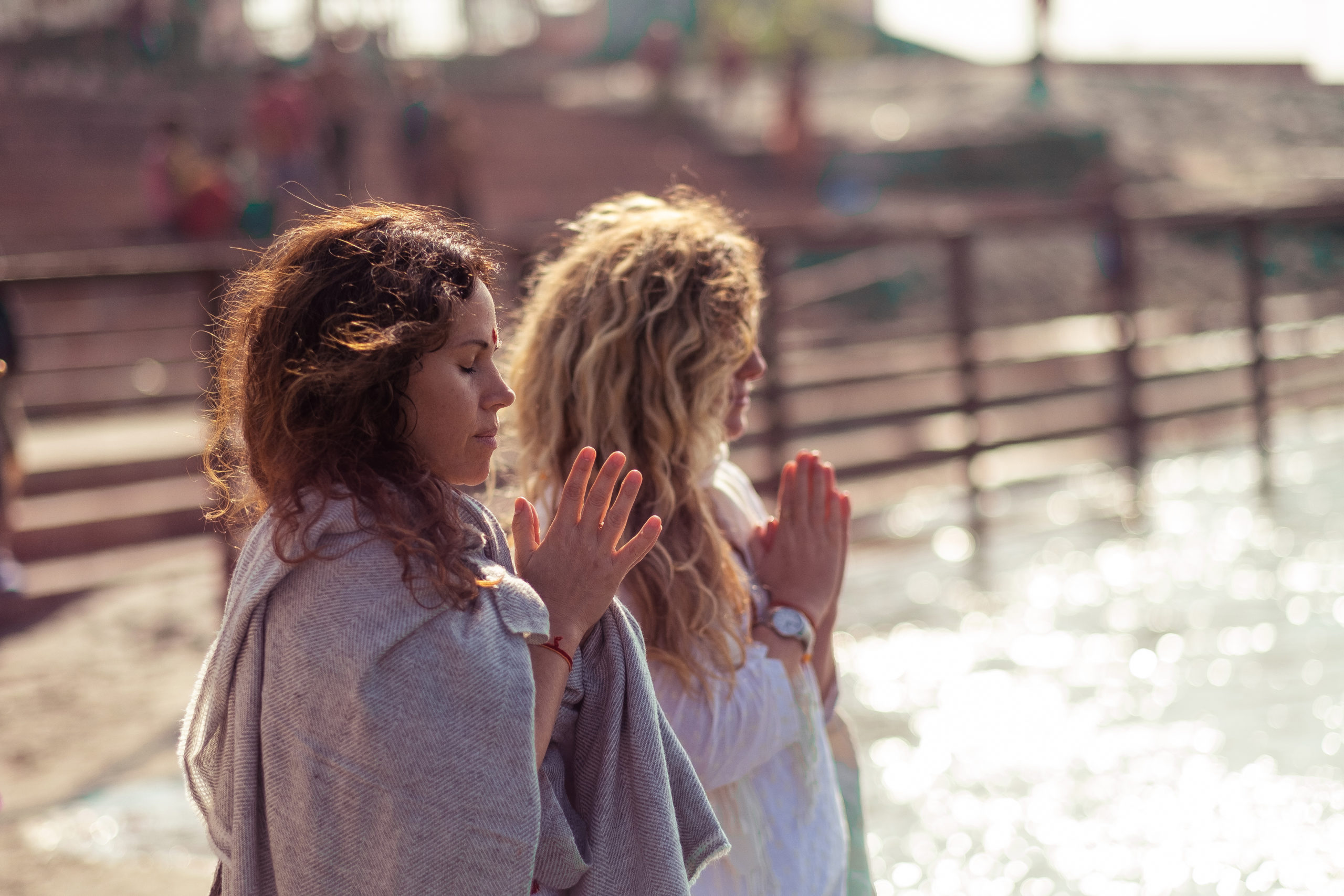
WHAT IS VEDIC MEDITATION?
Vedic Meditation provides an effortless path to experience your quiet inner state.
By practicing this simple and natural technique, you’ll quiet your mind and restore your body, reconnecting with your true self. Whether you’re looking for a Vedic Meditation course online or in person, you can start your journey today by joining Thom for a free Introductory Talk online or in the cities where he teaches. For all other cities, please join our waitlist.
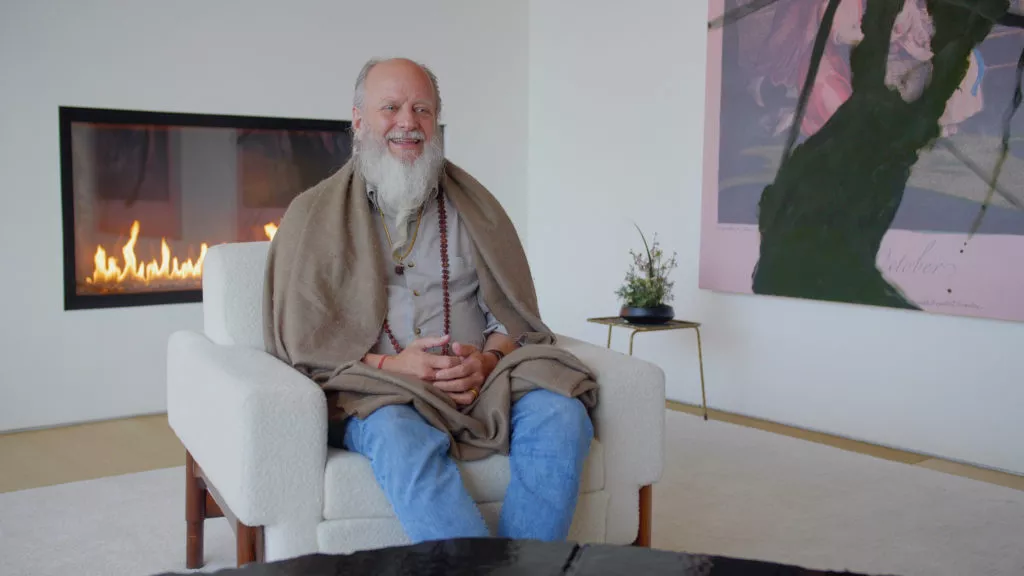
The Veda
Many people are curious about the history of Vedic meditation. It comes from the body of knowledge known as the Veda, which originated in India over 5,000 years ago.
Indian yoga, meditation, and philosophy all came from the Veda.
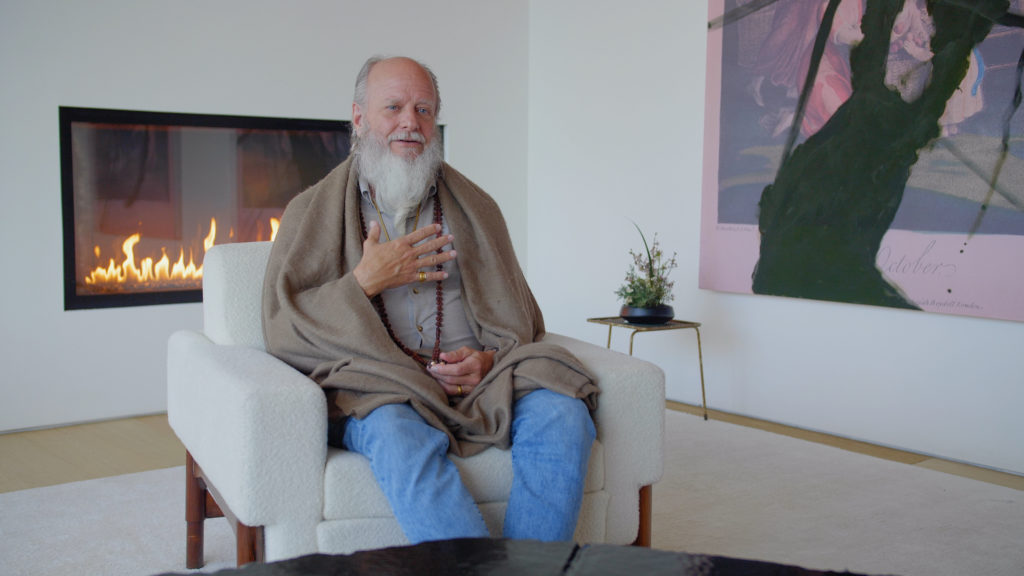
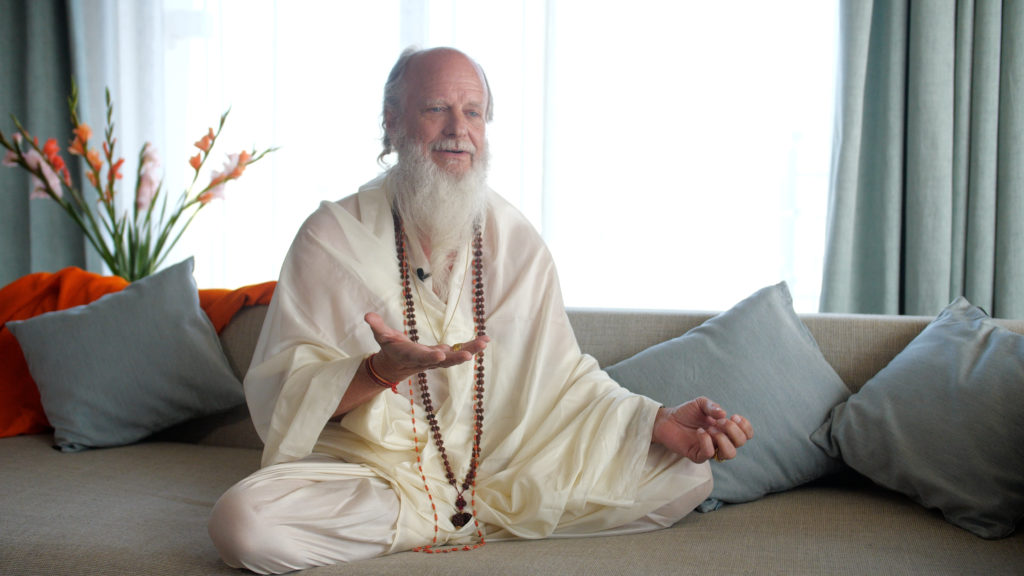
Experience Effortlessness
According to the Veda, the most blissful way of living is in alignment with Nature.
Vedic Meditation emphasizes effortlessness, allowing thoughts and accepting what is happening in your body as you meditate.
The Practice
What is involved in the practice of Vedic Meditation? Vedic Meditation is always taught in person by an instructor or ‘Initiator,’ and only requires 20 minutes of practice twice a day.
It’s designed for busy people, and anyone can do it.
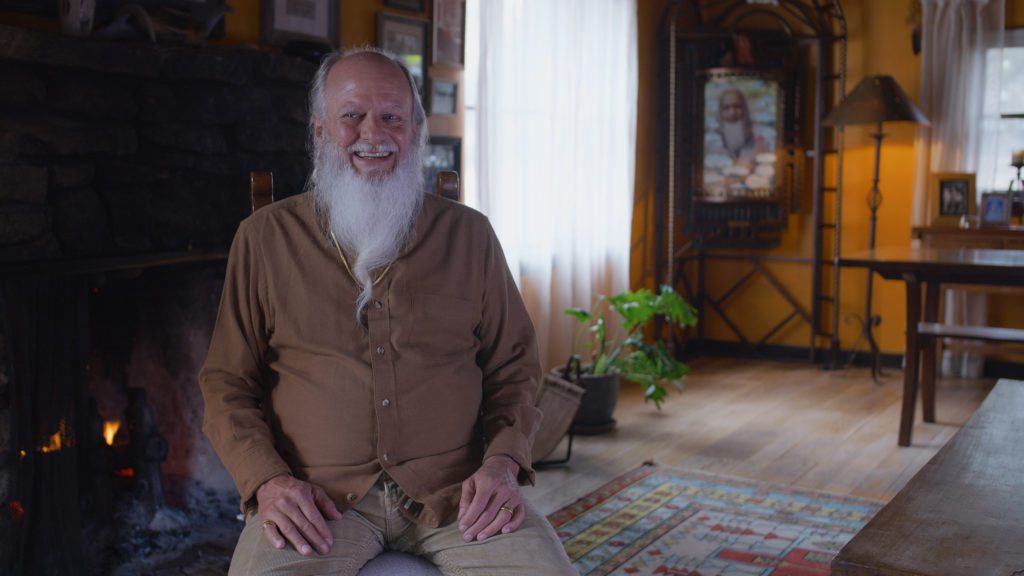
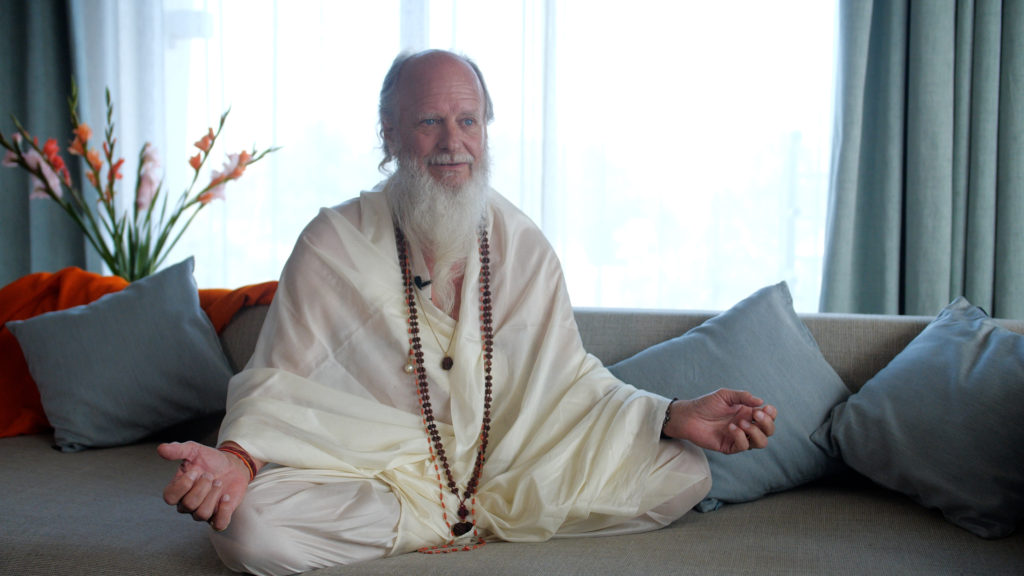
The Mantra
A mantra is used in Vedic Meditation as a device to easily guide the mind to quieter states of awareness.
The cycle of thinking and returning to the mantra requires no concentration or force, and helps the body rest deeply.
THE KEY: RELEASING STRESS
YOUR TRUE ESSENCE IS ONE OF PEACE AND HAPPINESS. STRESS IS WHAT GETS IN THE WAY OF EXPERIENCING THIS NATURAL STATE.
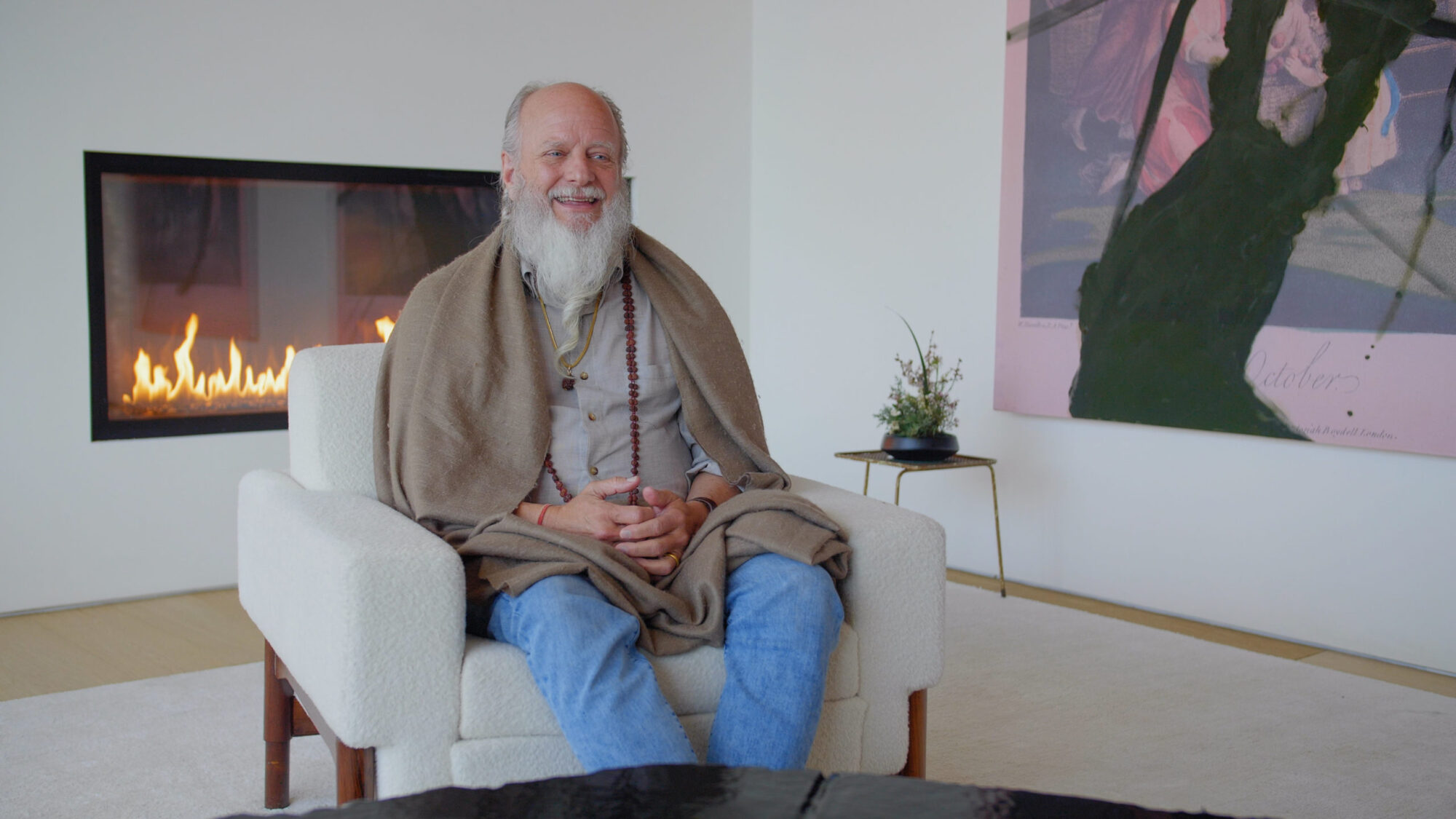
By practicing Vedic Meditation, the blissful inner quietness you experience in meditation also becomes your outer reality: resilient to stress amidst the ever-changing demands of life. You are simply present, happier, and truly yourself.

VEDIC MEDITATION: MECHANICS AND IMPLICATIONS
Want to dive deeper? Thom Knoles explores what Vedic Meditation is all about in-depth in his podcast, Vedic Worldview.
Learn more about the deeper mechanics and implications of this practice.
Frequently Asked Questions
can you tell me more about What is vedic meditation?
Here is a simple Vedic Meditation definition: Vedic Meditation is a mantra-based meditation practice taught in-person by a qualified Vedic Meditation teacher over 4 consecutive days. Vedic Meditation is practiced for twenty minutes twice each day.
Though personal transformation occurs to anyone who encounters transcendent Vedic Meditation power over time, it requires consistency in regular practice. Vedic Meditators will notice that they feel less stressed and can sleep better almost immediately, and over time they will react less stressfully to situations that once triggered them and recover from stress reactions faster. Over time, the less life-supporting elements of a meditator’s life will feel less and less relevant and will naturally fall away.
These changes are usually invisible to the meditator until they look back on their life several months into their practice, when they can see the changes they’ve made in their lifestyle, their health, their career, and their relationships to be in more alignment with their most natural and authentic inclinations.
The main Vedic Meditation benefits are the growing sense of inner peace and well-being both inside a Vedic Meditation sitting and outside in everyday life. The transcendent experience, calmness of the mind, and deep rest that the body experiences twice each day serves to release a lifetime’s storehouse of stress and liberate the individual from stress-based reactivity, prolonged periods of moodiness, and irrelevant behaviors.
Vedic Meditation vs Transcendental Meditation: how are they different?
Vedic Meditation is taught by a qualified Vedic Meditation instructor (one who has completed Initiator Training with Thom Knoles). Transcendental Meditation is a mantra-based technique, taught by instructors who are all affiliated with the TM organization. Thom Knoles teaches Vedic Meditation and teaches in the same way that Maharishi Mahesh Yogi trained him to teach. Maharishi Mahesh Yogi is the founder of Transcendental Meditation, and was Thom’s mentor for over 25 years.
How can I learn how to do Vedic Meditation?
Unlike many types of meditation, you won’t find a “Vedic Meditation how to” video on YouTube – and if you do, then it isn’t from a qualified instructor nor will it teach you how to meditate properly. Vedic Meditation can only be taught in person, over 4 consecutive days, to preserve the oral tradition. Personalized mantras are privately given to each student.
Vedic Meditation instruction begins with an Introductory Talk. This talk offers an intro to Vedic Meditation class and is a required step for beginners. If the student wishes to complete the full training, then they will take the Learn to Meditate course. The Learn to meditate course covers Vedic Meditation for beginners and advanced meditation practitioners who would like to dive deeper into their meditation practice.
Where does Vedic Meditation come from?
Vedic Meditation history starts with the Vedas: the 5,000+ year old body of knowledge called Veda, the same knowledge base from which Ayurveda and yoga also began. “Veda” is sanskrit for “knowledge.” The knowledge in Veda is the philosophy of aligning one’s inner nature and lifestyle with the rhythms of Nature at large. All of Indian philosophy originates in these texts, and much of the Vedic Meditation oral tradition has been preserved through teacher training in India and the in-person sharing of the technique with students.
RELEASE STRESS AND RETURN TO YOUR TRUE ESSENCE
Learn with Vedic Master Thom Knoles and join thousands of other students on the journey within.

